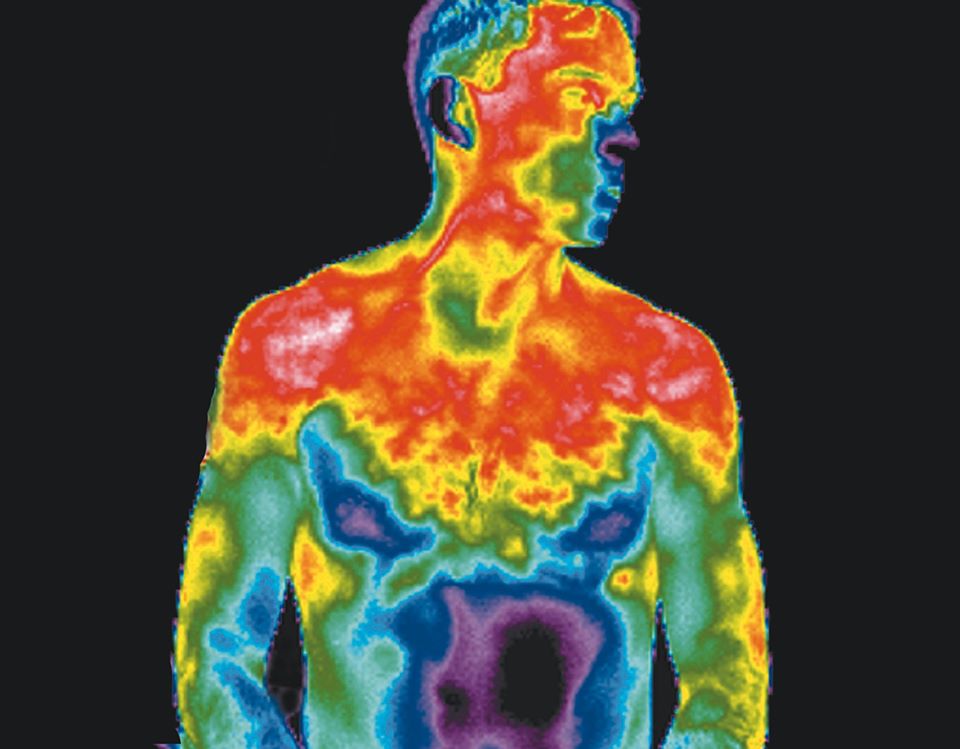About letting go
In truth, letting go is as natural as breathing… Just look at the way small children act who have not yet unlearned it.
You cannot really learn to let go. You can only rediscover that you already can.
Letting go is the sudden disappearance of an inner tension that is accompanied by a feeling of relief. Sometimes there is also a deep sigh. Or a smile. Do you already recognize something?
Have you ever had an argument with someone and suddenly you see the actual absurdity of what you are doing? Maybe you both even burst out laughing… Suddenly the tension drops. It happens. You are not doing it.
Letting go is not something you do. That is why it is called ‘letting’.
However, you can learn techniques to give space to that innate, spontaneous letting go process again.
Each of us carries some old emotional baggage. And with that emotional baggage we also carry all kinds of limiting beliefs with us.
That “old baggage” prevents us from living to the full. It can disrupt our health, but also our thought processes, our state of consciousness and our relationships.
Old emotional baggage becomes a cumulative filter through which we begin to see life.
Sometimes we can even spend our entire lives trying to escape from repressed painful emotions from our childhood… Those filters were there very early on and they seem to be part of who we are. Indeed not.
Brain research has also shown that it is the repressed emotions that cause restless thinking and worrying.
Our thoughts and beliefs are stored according to the “emotional color” they have. For example, angry thoughts can evoke other angry thoughts and sad thoughts can also awaken sad memories, etc… The thoughts form clusters with the emotions that are stored there.
Early in life, we inevitably develop all kinds of unconscious mechanisms to deal with painful emotions. We do not yet have enough life experience to be able to consciously process them.
1. Suppression and pushing away
Suppression happens unconsciously through our survival mechanisms; pushing away is done deliberately (as in “I don’t want to think about that right now”). In both cases we create an “emotional charge”. That emotional charge is stored somewhere in our body and causes things such as being easily irritated, emotional ups and downs, cramps, insomnia, digestive problems, allergic reactions, high blood pressure, and much more.
The suppressed emotions also provide the mechanisms of denial and projection. We deny the inner cause and point out external factors for how we feel. “It’s all …’s fault”
2. Avoiding
Or we use avoidance mechanisms such as being busy, binge watching, shopping, emotional eating, extreme spirituality, alcohol, self-medication, etc.
3. Venting of steam
That is not the same as letting go. Venting of steam as in “yelling at someone” does provide some kind of pressure relief, but it is not therapeutic. We then release just enough pressure to further suppress the rest…
What is popularly called “stress” always has to do with unprocessed emotional reactions. What we have not processed determines our “stress threshold“.
But perhaps the worst part is that the repressed emotions can also close our hearts and also more and more the higher functions of the brain such as imagination, reasoning, foresight…
4. The alternative for 1, 2 and 3 is… letting go
Letting go starts with being aware of what you are feeling, staying aware of it and doing nothing to make it “different”. Letting go essentially comes down to not resisting what you feel in your body in the now. Only then does the energy get the chance to relax. This does not immediately work for intense experiences and that is why it is important to practice before you start.
Holding on is continuing to resist and that can be useful for a while, such as with trauma. Letting go is more like giving up resistance so that you can learn to deal with deeper layers.
Emotions that are not suppressed, pushed away, projected or denied will dissolve (quickly and sometimes slowly) like the air escaping from a balloon.
The more inner tension we can release, the calmer our thinking becomes and the greater our well-being.
By letting go of old unprocessed things we can also reason better instead of reacting.
The more we let go, the more our old conditioning can dissolve and the more we are free to be who we really are.
By relearning the ‘letting go’ as a spontaneous reflex, we can also stay in a non-reactive state more often and longer.
Reason enough to learn to let go.
What do you see as reasons to rediscover that you can let go?
If you are interested in learning the letting go as a spontaneous reflex, there is now an online course ‘The Art of letting go’. You can start with 3 free lessons. To start with the free lessons surf to https://lettinggocourse.com/#3freelessons
Kind regards,
Jan Bommerez


